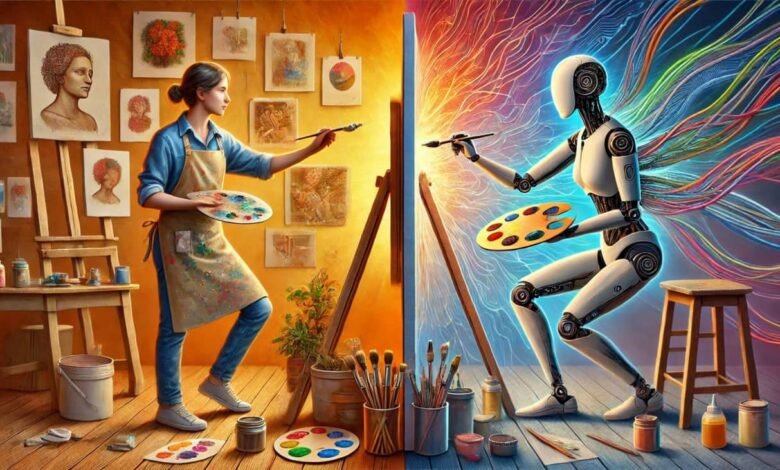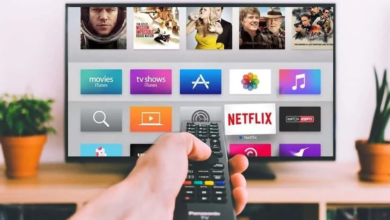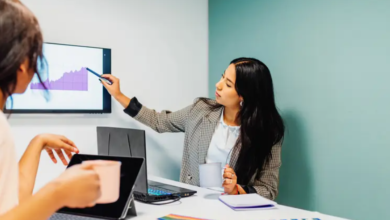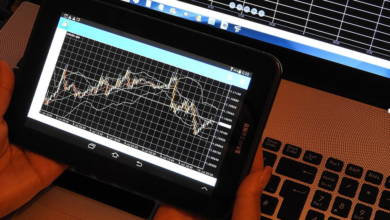How Artists Use AI to Generate Image for Unique Artworks

The integration of artificial intelligence into the artistic process has opened new avenues for creativity, enabling artists to generate unique images that challenge traditional paradigms. Utilizing techniques such as neural networks and style transfer, these creators are able to synthesize various artistic influences and experiment with forms beyond their own capabilities. This collaboration between human intuition and machine learning not only redefines the creative process but also raises pertinent questions about authorship and originality in the realm of contemporary art. What implications does this partnership hold for the future of artistic expression?
AI Tools for Artistic Creation
In the evolving landscape of contemporary art, artificial intelligence tools have emerged as powerful instruments for artistic creation, revolutionizing how artists conceptualize and produce their work.
By harnessing neural networks and creative algorithms, artists can explore uncharted territories of imagination, generating unique visual expressions.
These tools not only expand the creative process but also challenge traditional boundaries, inviting freedom and innovation in artistic endeavors.
See also: How Online Learning Is Changing the Way We Study and Work
Techniques for Image Generation
Exploring various techniques for image generation, artists have embraced a diverse array of methods that leverage the capabilities of artificial intelligence.
Notably, neural networks facilitate innovative image creation by analyzing vast datasets, while style transfer allows for the blending of artistic influences, producing unique visual narratives.
These techniques empower artists to break traditional boundaries, fostering a liberated approach to creativity and expression in their artworks.
Collaborative Art Processes
How do artists redefine collaboration in the age of artificial intelligence?
By embracing collaborative creativity, they engage in an artistic dialogue with AI, transforming traditional processes.
This partnership allows for innovative exchanges, where human intuition meets algorithmic precision, fostering a dynamic interplay that expands artistic boundaries.
Ultimately, artists harness AI not just as a tool, but as a co-creator in their visionary pursuits.
Impact on Contemporary Art
The integration of artificial intelligence into the artistic process has not only transformed individual creative practices but has also significantly influenced the landscape of contemporary art.
This digital innovation has birthed new AI aesthetics, challenging traditional notions of authorship and originality. As artists embrace these technologies, they expand the boundaries of expression, inviting audiences to explore the interplay between human creativity and machine intelligence.
Conclusion
The integration of artificial intelligence in artistic creation serves as a dynamic brushstroke on the canvas of contemporary art, blending technology with human creativity. Through innovative tools and techniques, artists navigate uncharted territories, crafting unique visual narratives that challenge traditional paradigms of authorship. This collaborative process not only enriches the artistic experience but also invites ongoing dialogue about the nature of art itself, transforming the landscape into a vibrant tapestry woven from the threads of imagination and machine intelligence.




